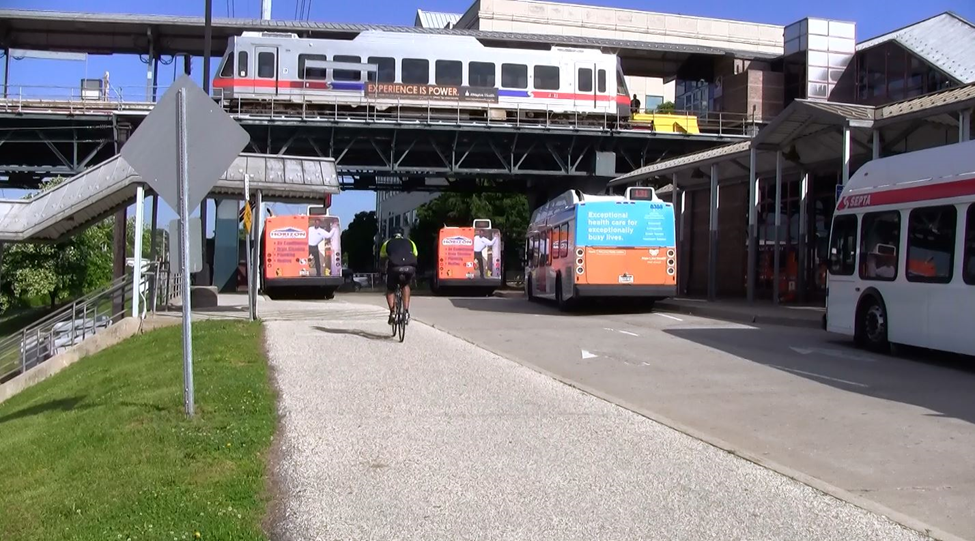Promoting Transit-Oriented Development to Reduce Overall Cost of Living – Urban Institute
- GVF TMA
- Mar 5, 2024
- 1 min read

Housing in the United States became even less affordable for the average American in 2023, thanks to high mortgage rates and sales costs that have risen more quickly than incomes. But housing costs aren’t alone in squeezing Americans’ wallets—food, medical care, and electricity also increased in cost. To reduce overall costs of living and address an insufficient housing supply, policymakers could promote transit-oriented development, which allows families to cut down on driving—a major expense for most residents.
Currently more of an ideal than a reality in much of the country, transit-oriented development makes up only a small share of US housing. People living in homes farther from transit—where housing costs are often lower—spend far more on transportation. Although cities have become more adept at transit-oriented development in recent years, almost nine times as many units were added far from transit stations as near to them over the past two decades.
One explanation for inadequate housing near transit is that transit agencies do not prioritize transit-adjacent housing development and lack a dedicated source of funding to acquire land for such projects. To help enable transit-oriented development, a federal land acquisition program that supplements transportation infrastructure grants could help transit agencies and local governments in acquiring properties to encourage housing development.






















